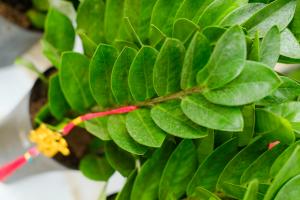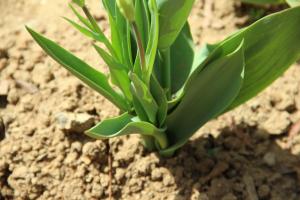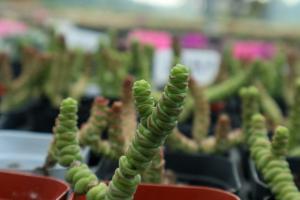How deep to dig to plant a tree
If you are planning to plant a tree in your yard, one of the things you need to consider is how deep to dig the hole. While the depth of the hole depends on various factors, such as the type and size of the tree, soil and climate conditions, and planting techniques, there are some general guidelines that can help you ensure the success of your tree-planting endeavor.
Factors that influence the depth of the planting hole
Before we discuss the general rule of thumb for planting tree holes, let's take a closer look at the factors that can affect the depth of the hole:
Type and size of the tree: The depth of the hole should be proportional to the size of the tree. Generally, the wider and taller the tree, the deeper the hole should be. For small trees, such as saplings and seedlings, a hole that is 1.5 to 2 times the depth of the root ball is usually sufficient. For larger trees, the hole should be at least 2.5 to 3 times wider and deeper than the root ball.
Soil and climate conditions: The type of soil and the climate conditions in your area also affect the depth of the planting hole. If your soil has poor drainage or is compacted, you may need to dig a deeper hole to ensure that the roots can spread out and establish themselves. In areas with hot, dry climates, planting a tree deeper can help it access more moisture.
Planting techniques: The technique you use to plant the tree can also affect the depth of the planting hole. For instance, if you plan to use the backfill method, where you fill in the hole with soil as you plant the tree, you may need to dig a shallower hole than if you plan to use the pit method, where you dig a hole to the desired depth and then place the tree in the hole.
The general rule of thumb for planting tree holes
The general rule of thumb for planting tree holes is to dig a hole that is two to three times the width of the root ball and no deeper. This will ensure that the roots have plenty of room to spread out and establish themselves while also keeping the tree at the proper depth. Planting a tree too deep can cause the roots to suffocate, while planting it too shallow can expose the roots and make them susceptible to damage.
When digging the hole, be sure to loosen the soil around the edges of the hole to allow for easy root penetration. It's also a good idea to add some organic matter, such as compost or peat moss, to the soil to help improve its fertility and drainage.
Final thoughts
Planting a tree is an important and rewarding task, and taking the time to properly dig the planting hole can make all the difference in the tree's success. By considering the size and type of the tree, the soil and climate conditions, and the planting techniques, you can ensure that the hole is the proper depth and provides the ideal environment for the roots to thrive. With proper care and maintenance, your newly planted tree will grow strong and healthy for years to come.

 how many times do yo...
how many times do yo... how many planted tre...
how many planted tre... how many pine trees ...
how many pine trees ... how many pecan trees...
how many pecan trees... how many plants comp...
how many plants comp... how many plants can ...
how many plants can ... how many plants and ...
how many plants and ... how many pepper plan...
how many pepper plan...































